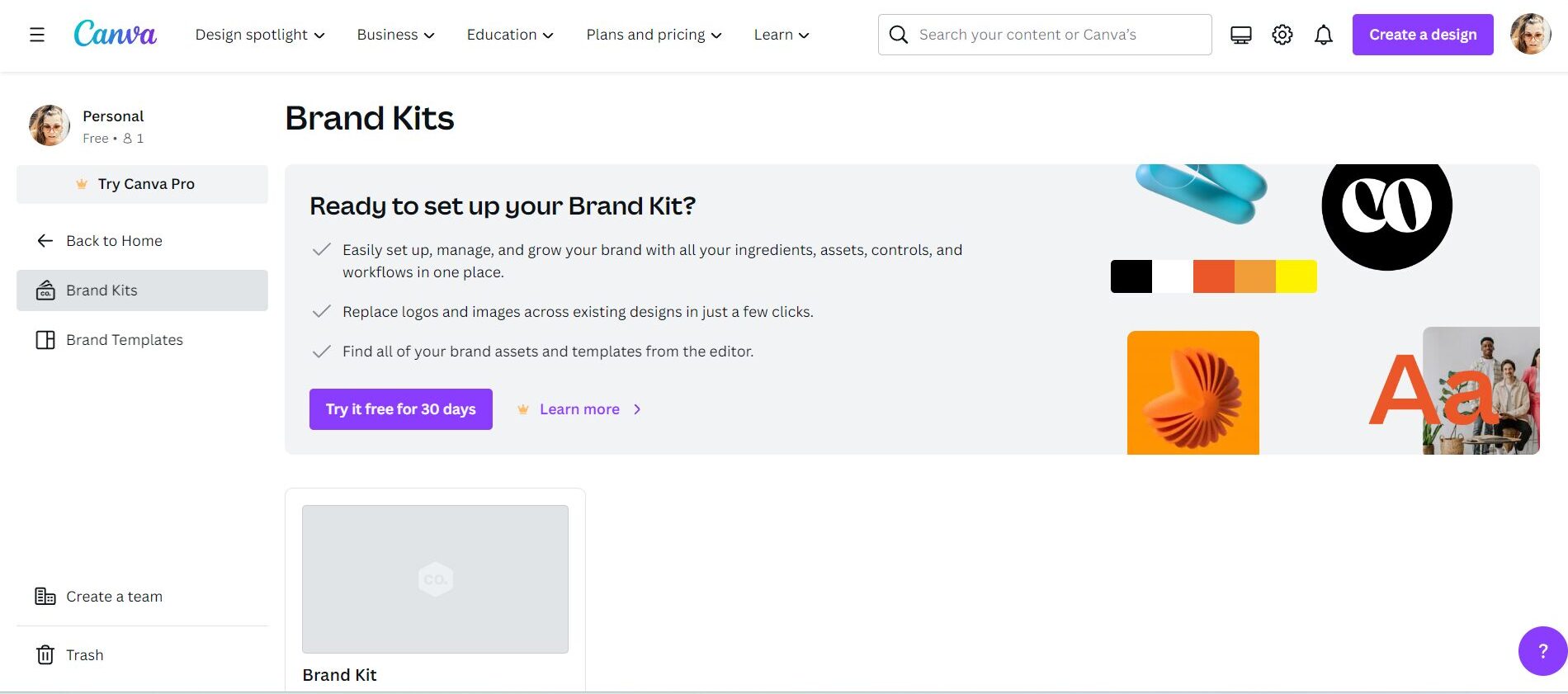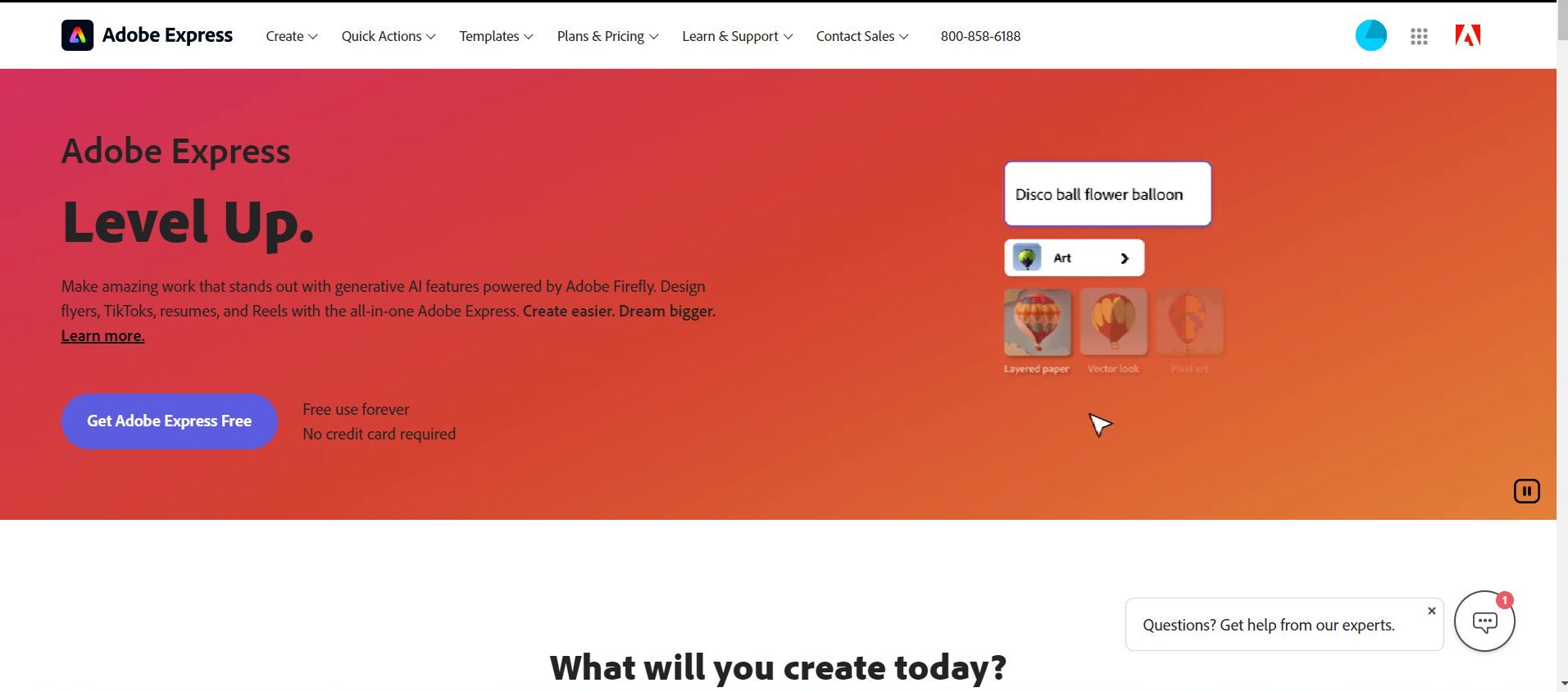
Brand consistency is not just a buzzword; it’s the backbone of building trust and recognition with your audience. Consistent branding transcends mere aesthetics, fostering a sense of familiarity and reliability that can significantly boost your marketing efforts. But how can you achieve this consistency without a degree in design? The good news is, with today’s tools and resources, you don’t have to be a design expert to create high-quality, consistent marketing materials.
This guide will walk you through the core idea behind brand consistency and how your business can achieve it in all your marketing channels.
Understanding Brand Consistency: The What and Why
Brand consistency means ensuring that all your marketing materials, across every channel, reflect the core elements of your brand identity—your logo, color scheme, typography, and tone of voice—in a uniform manner. This consistency helps your audience to instantly recognize your brand, reinforcing their trust and increasing the likelihood of engagement. It’s about creating a cohesive experience that aligns with your brand’s values and message, no matter where your audience encounters it.
Core Elements of Brand Identity
When you think of the most identifiable brands out there, what do you see? Chances are you see many components that make up their brand identity. A strong brand identity is built on several key elements:
- Logo: Your brand’s visual hallmark.
- Color Scheme: Specific colors associated with your brand.
- Typography: The fonts that carry your brand’s voice.
- Tone of Voice: The personality conveyed through your written and spoken communication.
Each of these elements plays a pivotal role in making your brand recognizable and relatable. You can’t neglect one in favor of another or choose which is the most important. When it comes to your small business branding, all are crucial.
Tools and Resources for Non-Designers
Thankfully, the digital age has brought forth a plethora of tools designed to help non-designers maintain brand consistency with ease. So, instead of outsourcing or taking a course to learn a new skill, you can leverage technology to help you achieve consistency quickly and easily.
Brand Guidelines
Your first step is to create a set of brand guidelines. This document should clearly define how your logos, color palettes, fonts, and messaging should be used. It serves as a roadmap for anyone creating content for your brand, ensuring that all materials align with your brand’s identity.

This is an example of what your color palette within your brand guidelines should look like. These guidelines should be thorough and clear.
Canva

Canva has emerged as a game-changer for non-designers. Its brand kit functionality allows users to save their brand assets, ensuring that every piece of content created is on-brand. With a wide array of templates and an intuitive design interface, Canva makes professional-looking designs accessible to everyone.
Adobe Express

Adobe Express is another powerful tool that enables the creation of branded graphics, web pages, and videos without deep design skills. It offers a range of templates and design elements that can be customized to fit your brand guidelines.
Templates
Utilizing templates for emails, social media posts, and other marketing materials can save time and ensure consistency. These pre-designed frameworks can be tailored to your brand’s specifications, making it easy to maintain a uniform look and feel across all your marketing efforts.
Implementing Brand Consistency Across Channels
Achieving brand consistency requires a strategic approach across all your marketing channels. You have to ensure your branding materials are being used and implemented in every area where you’re putting marketing spend and effort. Here are some examples:
Email Marketing
Use email marketing platforms that support custom templates aligned with your brand’s visual identity. This ensures that every email sent out reinforces your brand’s image.
At Benchmark Email, our Smart Design feature uses the power of AI to create custom, branded emails with ease. By pairing Smart Design with our Brand Kit, which pulls logos, colors, fonts, and images from your website, you can create emails that look original to your branding and maintain that consistency you’re after.
Social Media
Leverage social media management tools to plan and publish content that adheres to your brand guidelines. These tools can help maintain a consistent posting schedule and visual style across your social media profiles.
Website and Blog
Your website and blog are often the first points of contact with your audience. Ensure the visual elements and tone of voice on these platforms reflect your brand identity. Consistency here helps to establish a strong, recognizable brand presence online.
Tips for Maintaining Brand Consistency
Maintaining brand consistency is an ongoing effort. Here are some tips to keep your brand on track:
Regular Audits
Conduct regular audits of your marketing materials to ensure they align with your brand guidelines. This helps identify any discrepancies and areas for improvement.
Feedback Loops
Set up feedback loops with your team or audience to get input on your brand’s consistency across channels. This feedback can be invaluable in refining your approach.
Stay Updated
While consistency is key, it’s also important to stay updated with design trends. Refresh your brand’s visual elements as necessary, but ensure these updates don’t detract from the essence of your brand.
Brand consistency is crucial for building trust and recognition with your audience. Fortunately, with the right tools and resources, even those without a background in design can create consistent, high-quality marketing materials. By establishing clear brand guidelines, leveraging user-friendly design tools, and implementing a strategic approach across all marketing channels, you can ensure your brand stands out in a crowded marketplace. Remember, consistency in branding is not about limitation; it’s about creating a memorable and reliable brand experience that resonates with your audience at every touchpoint.




